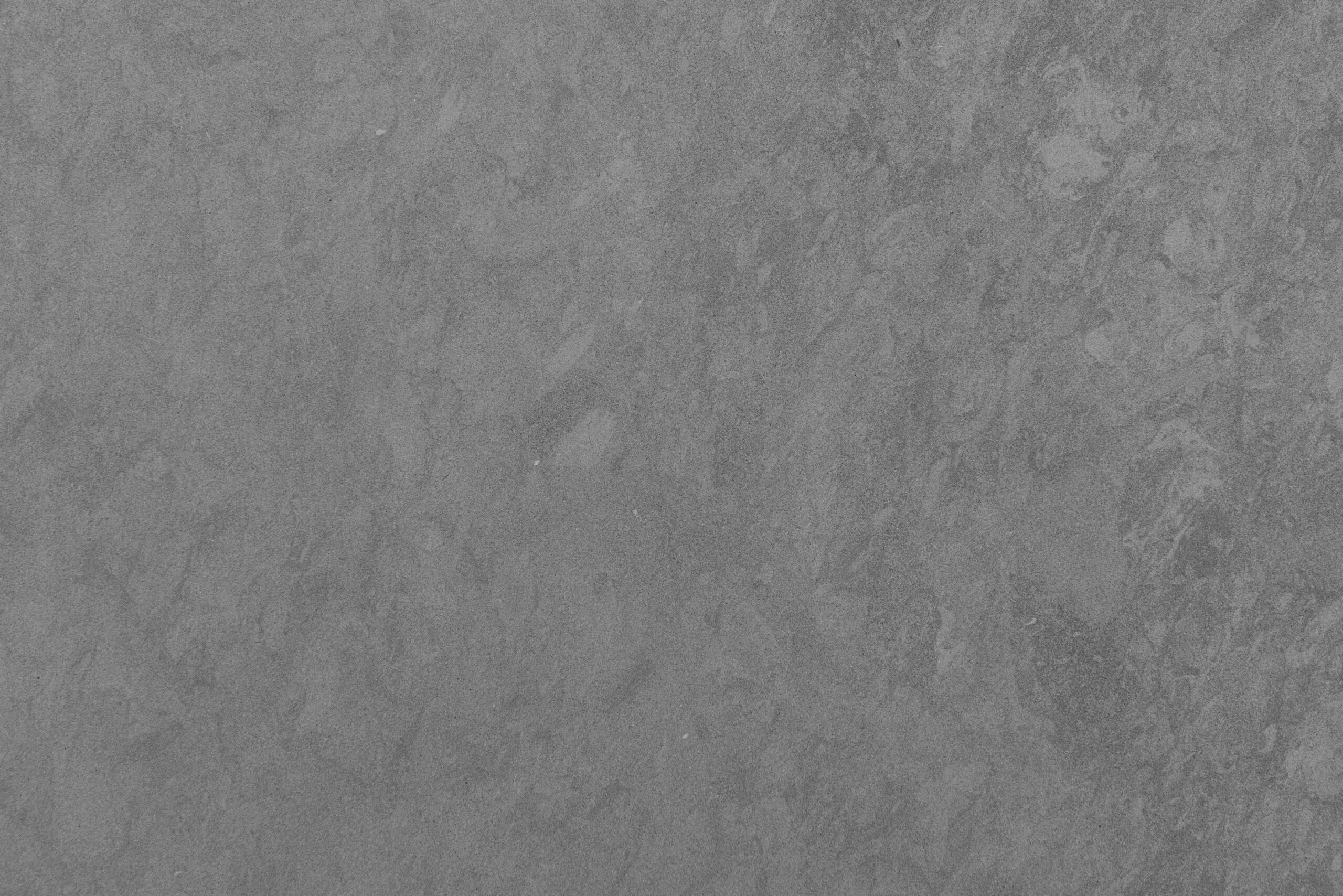These days, the use of concrete is widespread across the globe, and it is put to work constructing a wide variety of buildings and other types of structures. The material is utilized in the building of residential and industrial buildings in addition to the construction of roads, bridges, tunnels, and hydraulic structures. Additionally, the material is utilized in the construction of residential and industrial buildings. Because the substance itself can be altered in a great number of ways, the most innovative architectural firms, such as Telling Architectural Agency, which is located in Wolverhampton, concentrate on hydraulic lime and lime mortar solutions.

When it comes to construction, the use of concrete enables architects to more freely express their creative ideas and plans. Additionally, an architect is able to create a textured surface that does not need any additional finishing when they use a matrix that contains different patterns. Because of the widespread use of concrete mixtures in construction, many different types of formwork systems have been developed and put into widespread use.

